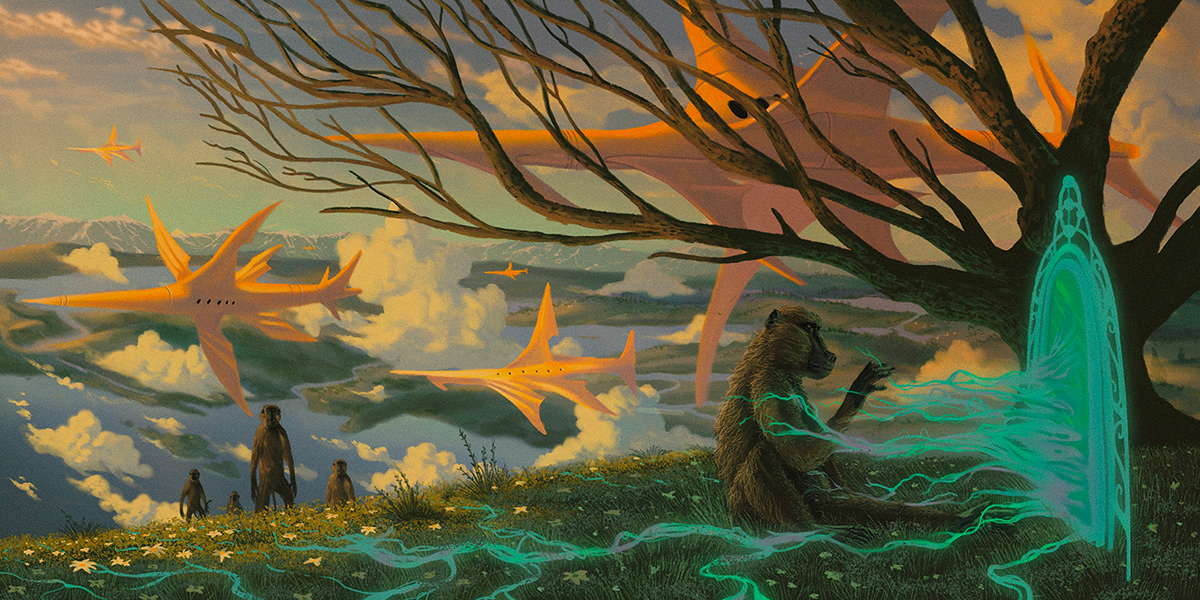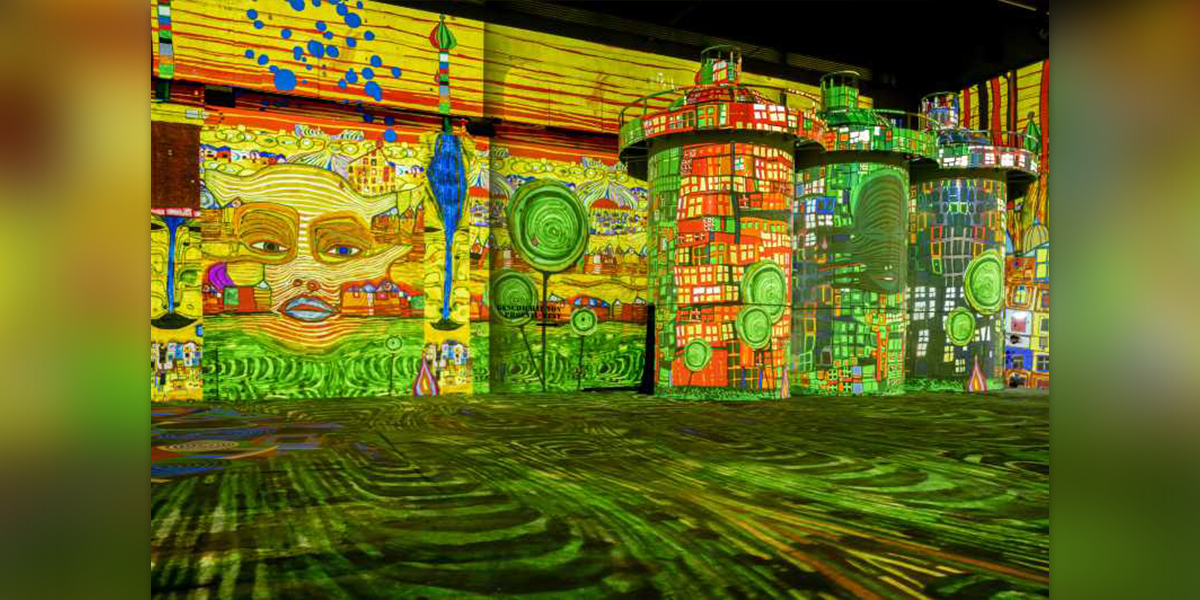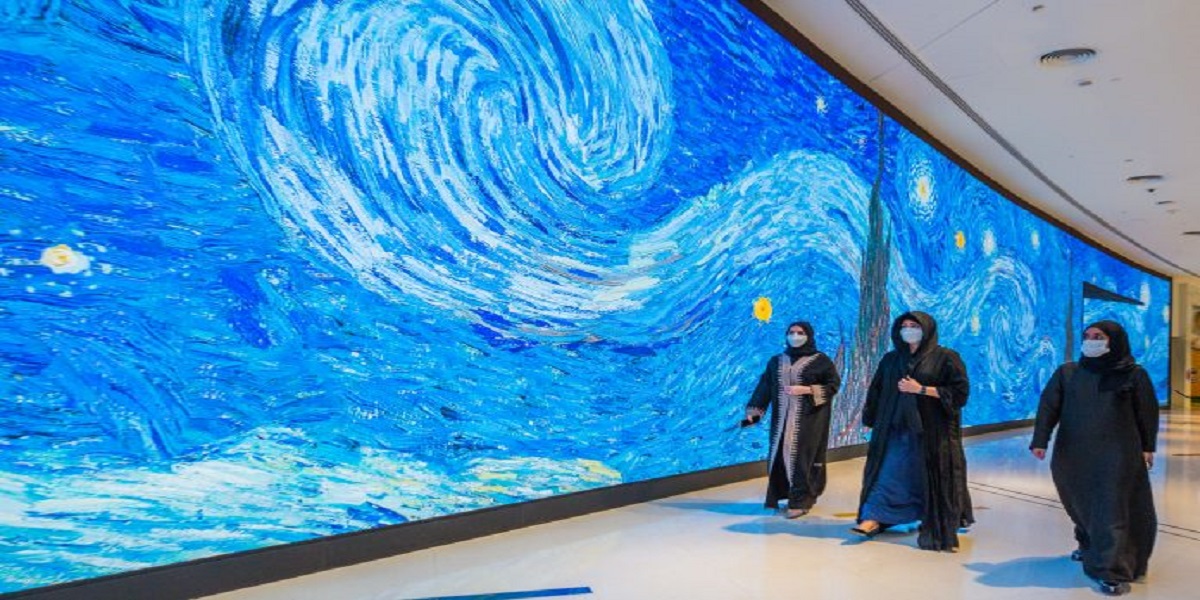
Digital art has become increasingly popular in recent years, offering a versatile and dynamic medium for creative expression. Whether you’re a seasoned artist looking to transition to digital or a complete beginner eager to explore this exciting realm, this comprehensive guide will take you from sketch to screen, providing essential tips and tutorials to enhance your digital art journey.
Introduction to Digital Art
In its simplest terms, digital art refers to any artistic work created using digital technology. This can encompass a wide range of mediums, including drawing, painting, photography, and animation, all executed with the aid of computers and specialized software. The accessibility and versatility of digital tools have democratized the art-making process, allowing aspiring artists to explore their creativity without the need for expensive materials or studio space.
Getting Started with Digital Art
Before diving into the world of digital art, it’s essential to equip yourself with the necessary tools and software. While traditional art supplies such as paper and paintbrushes are replaced by digital tablets and styluses, the principles of art remain the same. Invest in a quality drawing tablet and familiarize yourself with popular software options like Adobe Photoshop, Procreate, or Clip Studio Paint. Additionally, ensure you have a comfortable and ergonomic workspace conducive to long hours of creative exploration.
Understanding Digital Art Fundamentals
Digital art may seem daunting to beginners, but mastering the fundamentals is crucial for unlocking your creative potential. Start by familiarizing yourself with color theory, learning how to create harmonious color palettes and convey mood and atmosphere through color choice. Understand the principles of composition and layout, experimenting with different arrangements to create visually compelling artwork.
Sketching Techniques in Digital Art
Sketching forms the foundation of any digital artwork, serving as a rough blueprint for your final piece. Experiment with different digital brushes, adjusting parameters such as size, opacity, and pressure sensitivity to achieve varying line weights and textures. Don’t be afraid to make mistakes or iterate on your sketches multiple times until you’re satisfied with the overall composition and proportions.
Digital Painting Techniques

Once you’ve established a solid sketch, it’s time to breathe life into your artwork through digital painting. Familiarize yourself with layering and blending modes, allowing you to build up colors and textures gradually while maintaining flexibility and control. Experiment with different brushes and techniques, from soft airbrushing to textured impasto, to achieve the desired effects and visual style.
Adding Depth and Detail
Depth and detail are essential elements in creating visually engaging digital art. Mastering lighting and shading techniques will allow you to add dimensionality to your artwork, creating the illusion of form and volume. Explore different lighting scenarios, from soft ambient light to dramatic chiaroscuro, and study how light interacts with different surfaces to create realistic highlights and shadows.
Exploring Different Styles
One of the benefits of digital art is the ability to experiment with various styles and aesthetics without committing to a particular medium. Whether you’re drawn to the whimsical charm of cartoon and anime or the gritty realism of digital painting, don’t be afraid to explore different genres and artistic influences. Embrace your unique artistic voice while drawing inspiration from diverse sources to cultivate a style that’s distinctly yours.
Animating Your Artwork
Digital art opens up exciting possibilities for animation, allowing you to bring your creations to life with movement and interactivity. Familiarize yourself with the basics of digital animation, understanding concepts such as keyframes, timelines, and easing curves. Experiment with motion graphics and character animation, exploring different techniques to add dynamism and personality to your artwork.
Troubleshooting and Problem-solving
Like any creative endeavor, digital art comes with its fair share of challenges and setbacks. From technical glitches to creative blocks, it’s essential to develop problem-solving skills to overcome obstacles along the way. Seek out online resources and communities for support and advice, and don’t hesitate to experiment and iterate until you find a solution that works for you.
Sharing Your Artwork

Once you’ve completed your masterpiece, it’s time to share it with the world. Social media platforms like Instagram, Twitter, and DeviantArt provide excellent opportunities for artists to showcase their work and connect with like-minded individuals. Consider creating an online portfolio to showcase your best pieces and attract potential clients or collaborators.
Community and Collaboration
Joining digital art communities and forums is a great way to connect with fellow artists, receive feedback on your work, and collaborate on projects. Participate in online challenges and events to challenge yourself creatively and expand your network. Remember that art is inherently communal, and sharing your journey with others can be incredibly rewarding.
Staying Inspired and Motivated
Creativity is a journey, not a destination, and it’s essential to stay inspired and motivated along the way. Surround yourself with sources of inspiration, whether it’s nature, art history, or contemporary culture. Embrace the creative process as a continual exploration and growth opportunity, and don’t be discouraged by setbacks or failures.
Continuing Education and Growth
The learning never stops in the world of digital art, and there are always new techniques and technologies to explore. Take advantage of online courses, tutorials, and workshops to expand your skill set and stay abreast of industry trends. Never stop challenging yourself to push the boundaries of your creativity and pursue lifelong learning.
Tips for Success in Digital Art
Success in digital art requires dedication, perseverance, and a willingness to embrace failure as part of the learning process. Set clear goals for yourself and establish a regular practice routine to hone your skills and develop your unique artistic voice. Remember that progress takes time, so be patient with yourself and celebrate small victories along the way.
Conclusion
Embarking on a journey into the world of digital art can be both daunting and exhilarating, but with the right guidance and resources, aspiring artists can unlock their full creative potential. From mastering fundamental techniques to exploring advanced styles and animation, the possibilities are limitless in the digital realm. So pick up your stylus, unleash your imagination, and let your creativity soar!
